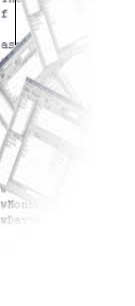 |
23 March, 2001 Where is a CDROM? The problem Some program applications must read data from compact disks. Unconditionally, everybody knows the drive letter of CDROM that is mounted in his (her) computer. For example, the letter “E” conforms to my CDROM in the office computer. However, the home computer has compact disk with drive letter “D”, but my friend’s CDROM is mapped to letter “N”. Unfortunately, Visual FoxPro 5.0 has no special functions to define a type of disk device. Nevertheless, VFP has function, which allows doing this by indirect way. The solution CDROM disk has a property which distinguishes its from hard disk or floppy disk. It always is full. It has no one bite of free space. This condition simplifies the problem. IBM PC compatible computer can have up to 26 disk drives. Let’s try to check disk space for all drives. We’ll use DISKSPACE() function. For the beginning we execute the following code:
The result may be like the following:
It can happen that there is a filled disk in the floppy disk drive. Then we’ll see the following:
The chances of it are very little, but we cannot neglect this case. Besides there are computers having more that one drive of CDROM. I think there is no cause for despondency. Most programs operate with concrete data. If we'll build a list of devices similar to CDROM, our program will have been defining the device with needed data set. Let's consider such example:
The result will look approximately so:
You can download article in
MS Word format. File is
wscdrome.zip, size
is 9 KB. Home Page | Technologies | Specialists | Download | Links | Sign Guestbook | View Guestbook
|
|||||||